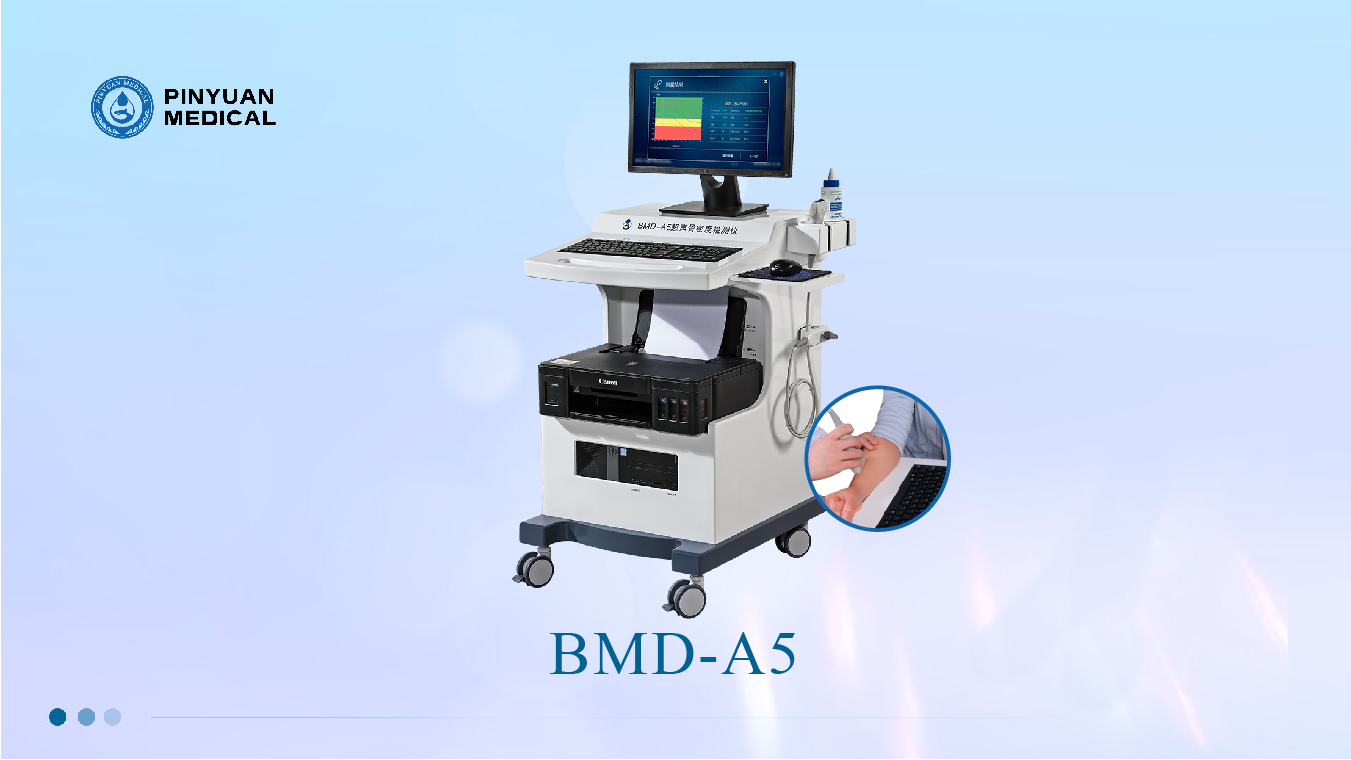Vitamin D deficiency rickets in infants and young children is one of the four major diseases for the prevention and treatment of children proposed by the Ministry of Health of the People’s Republic of China. It seriously affects the Bone development and physical health of children. Rickets can seriously affect the Bone mineral density (BMD) of children, resulting in a decrease in bone mass levels.
The effects of skeletal deformities and osteopenia in childhood will persist throughout one’s life and are closely related to skeletal diseases in adulthood and osteoporosis in old age.
Individuals who do not reach a reasonable bone mass during childhood and adolescence may still suffer from osteoporosis even if there is no accelerated bone mass loss in adulthood. Therefore, to prevent osteoporosis, it is urgent to regularly check children’s bone density.
Why do infants, toddlers and children need to have their bone density tested?
1.Bone density testing is irreplaceable by other examinations in detecting bone mineral deficiency and early rickets in infants and young children.
2.Calcium deficiency in childhood can lead to severe bone deformation. Both excessively high and low bone density can affect height in adulthood. Therefore, early detection and prevention are crucial. Bone density testing can dynamically observe the therapeutic effect of calcium supplements.
3. Ultrasonic bone density testing is radiation-free and non-invasive, and is particularly suitable for infants and children (such as poor development of deciduous teeth, late eruption of permanent teeth, and significant height differences from the same age). It can directly diagnose bone mineral deficiency and provide quantitative reports on the severity of the condition.
Which children need more attention to bone density?
1.Premature or low birth weight infants;
2. Infants and young children who grow rapidly and are obese;
3. Children suspected of calcium deficiency, that is, infants and toddlers with symptoms such as restless sleep, excessive sweating, night crying, or baldness at the back of the head, O/ X-shaped legs, pectus excavatum, and pectus excavatum;
4. Picky eaters, especially children who dislike dairy products;
5. Children who lack physical activities or have repeated fractures;
6. Children with a family history of osteoporosis;
7. Children who have been treated with steroids, chemotherapy or anticonvulsants for a long time;
8. Children and adolescents who are short in stature or underdeveloped.
What advantages does an ultrasonic bone density meter have?
1. No trauma, no radiation
Ultrasonic bone densitometers have obvious advantages over X-ray bone densitometers, especially being radiation-free. The ultrasonic bone density meter has no radiation at all and is suitable for bone density tests of children, pregnant women and the elderly. It is safe and reliable!
2. Convenient operation: Measurements can be taken from the distal 1/3 of the radius and the middle section of the tibia. These areas are easily exposed, and the operation is simple without the need for disinfection. The measurement speed is fast, which is convenient for doctors and patients. It can be used for physical examinations of both children and adults.
3. High accuracy and repeatability: The dual-emission and dual-reception technology is adopted to simultaneously obtain two equal-distance sound velocity values to indicate the parallel state between the ultrasonic device and the bone being measured. It can display in real time the axial Angle, horizontal Angle and directional Angle between the probe and the bone plane, and show the changes of the Angle values in real time. These real-time displays facilitate the rapid correction of the detection Angle, enhancing the detection speed and improving the accuracy of the data.
The most direct and scientific method to detect osteomalacia in children is ultrasound bone density examination. This examination is non-invasive, safe and fast. It can directly reflect the density of minerals in the bone, detect whether there is osteomalacia, prevent and treat it early, prevent bone deformation, and safeguard the healthy growth of children!
Post time: May-06-2025


